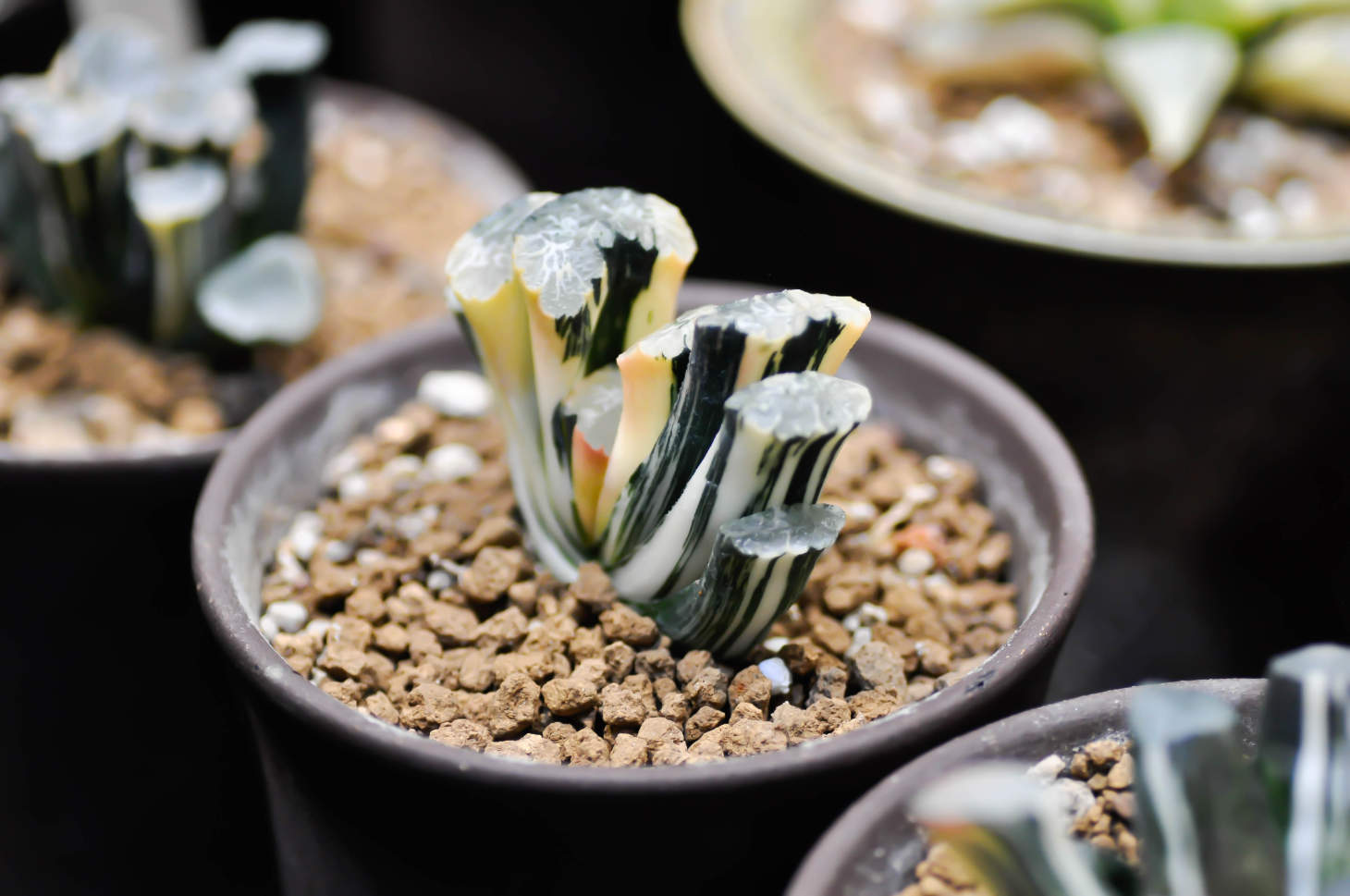Succulent Slow Growing Varieties
Slow-growing succulents bring a unique charm to any space. They stay compact for years, making them perfect for small homes, desks, or windowsills. If you want plants that won’t outgrow their pots quickly or demand constant repotting, slow-growing succulents are the best choice.
You’ll notice these plants often grow just a few inches over several years, yet their shapes, textures, and colors make them stand out. From rosette-style varieties like Haworthia to tiny stone-like Lithops, these plants prove that growth doesn’t have to be fast to be interesting. Their low-maintenance nature also means you can enjoy them without adding extra work to your routine.
By choosing the right varieties and giving them simple care, you can keep these succulents thriving for years. Their steady growth and compact size make them easy to manage, while still offering plenty of visual appeal.
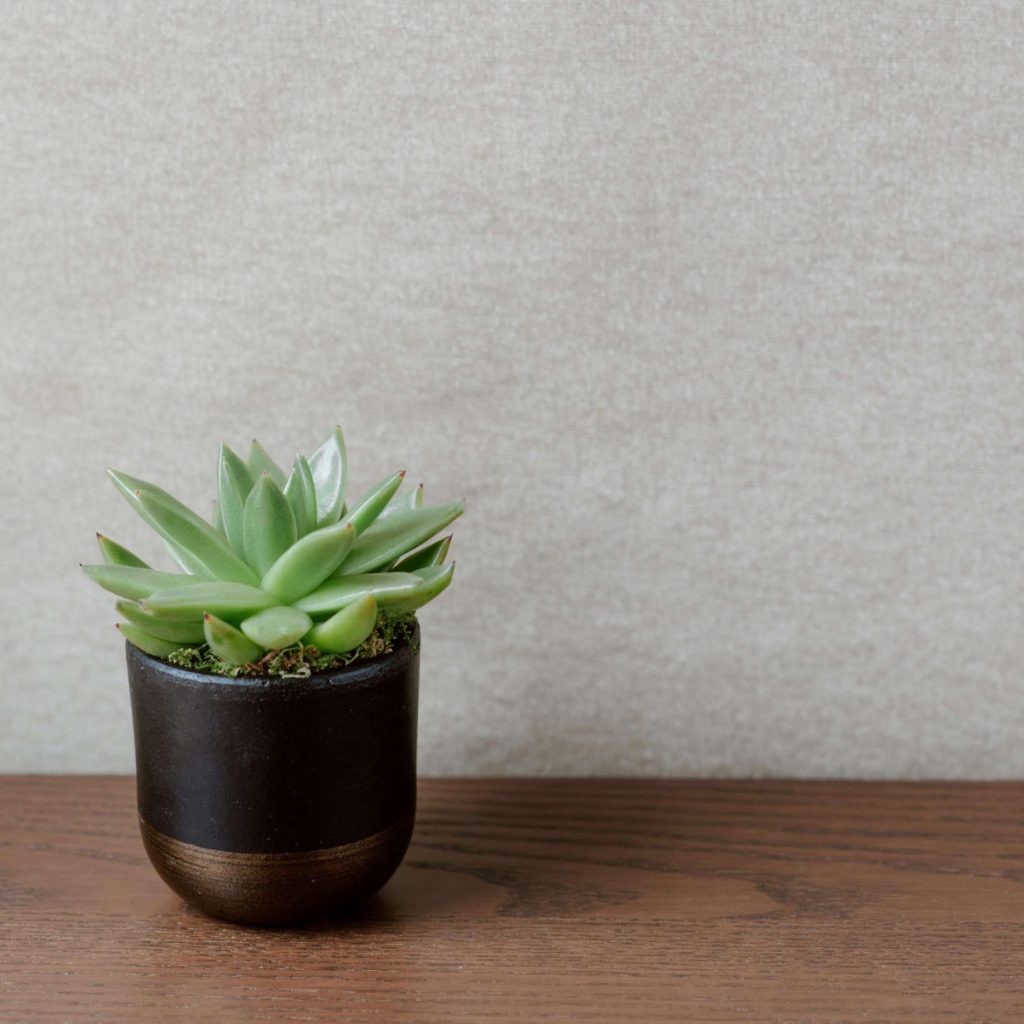
Key Takeaways
- Slow-growing succulents stay compact and require little repotting
- These plants feature unique shapes, colors, and textures
- Simple care helps them thrive for many years
Key Characteristics of Slow Growing Succulent Varieties
Slow growing succulents develop at a steady pace, often staying compact for years. They suit small spaces, need little upkeep, and can live for a long time when cared for properly.
Growth Rates and Patterns

Many succulents grow slowly because they store water in thick leaves and stems, which limits how quickly new growth appears. You may notice only a few millimeters of change over several months.
Species like Haworthia and Gasteria are known for their slow pace. They form rosettes or clusters that expand gradually without outgrowing containers too fast.
Growth also depends on light, soil, and watering. In bright indirect light with well-draining soil, these plants grow steadily but never rapidly. This makes them easier to manage compared to faster-growing houseplants.
Unlike succulents such as Kalanchoe, which can spread quickly, slow growers keep a consistent shape for long periods. Their predictable growth patterns make them reliable for indoor displays or mixed arrangements.
Size and Space Considerations
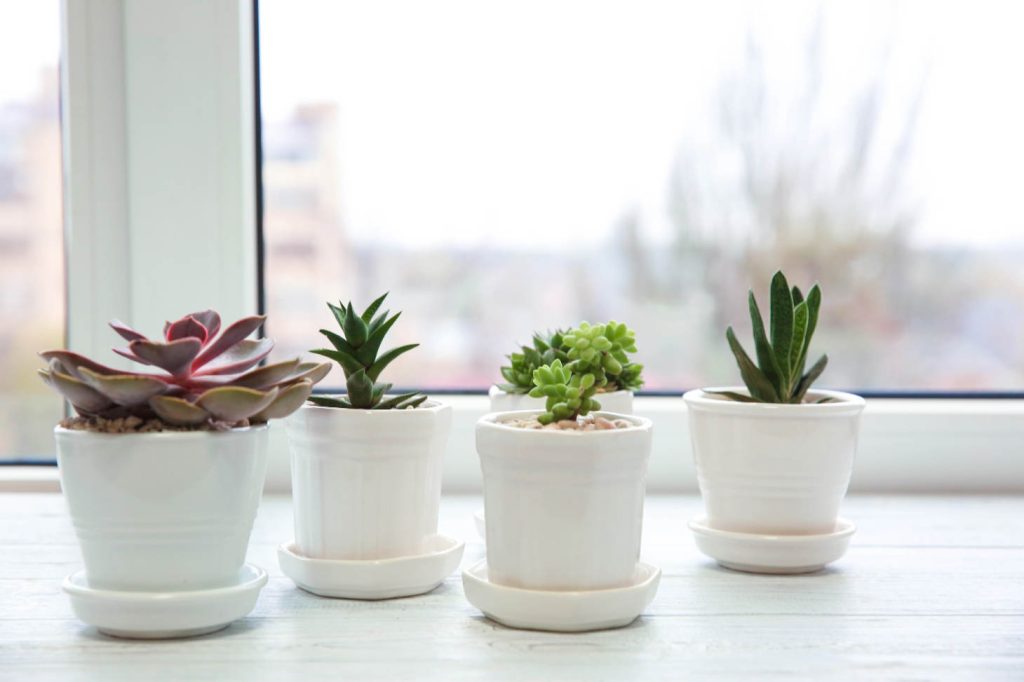
Slow growing succulents usually remain compact, often staying under 6 inches tall for several years. This makes them ideal for windowsills, desks, or small pots where space is limited.
You can group several varieties together without worrying about overcrowding. For example, a mix of Haworthia and Zebra Plant will stay neat and balanced in a shallow container.
These plants do not require frequent repotting. Their roots expand slowly, which reduces stress on the plant and keeps maintenance low. This is especially useful if you want long-term greenery in one container.
Because they stay small, they work well in apartment living, terrariums, or as accent pieces in larger plant collections. Their steady size also prevents them from overshadowing neighboring plants.
Longevity and Lifespan
Slow growing succulents often live for many years, sometimes decades, when given proper care. Their gradual pace means they conserve energy and adapt well to indoor conditions.
You can expect them to thrive with minimal intervention as long as you provide the right balance of light, water, and soil. Overwatering is the most common issue, so letting soil dry fully between watering helps extend their lifespan.
Some species may flower occasionally, but their main appeal lies in their long-lasting foliage. Unlike short-lived annuals, these succulents remain a stable part of your collection for the long term.
This durability makes them a practical choice if you want low-maintenance greenery that provides consistent value year after year.
Popular Slow Growing Succulent Varieties
Many succulents grow at a slow pace, which makes them easy to manage in small pots and indoor spaces. Some stay compact for years, while others expand gradually but remain low-maintenance with minimal repotting needs.
Haworthia
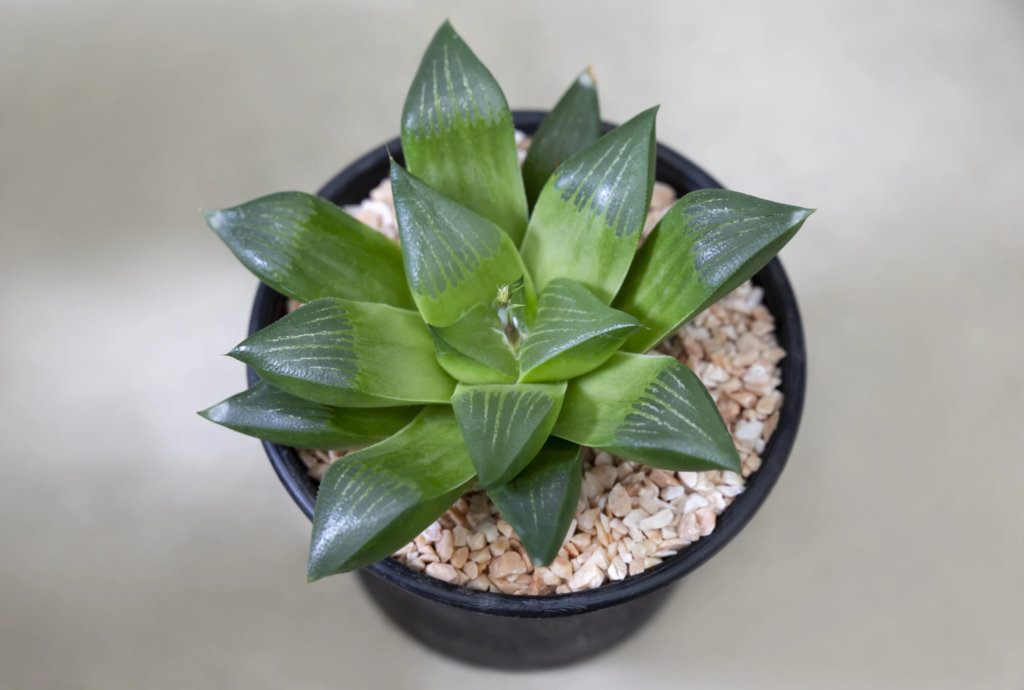
Haworthias are small, shade-tolerant succulents that thrive in low to medium light. They grow slowly, usually reaching only a few inches tall over several years. Their rosette shape and firm, fleshy leaves make them ideal for desks, windowsills, or mixed arrangements.
Haworthia retusa is especially popular. Its triangular, translucent-tipped leaves form a star-like rosette. This plant rarely exceeds 6 inches in height, even after years of growth.
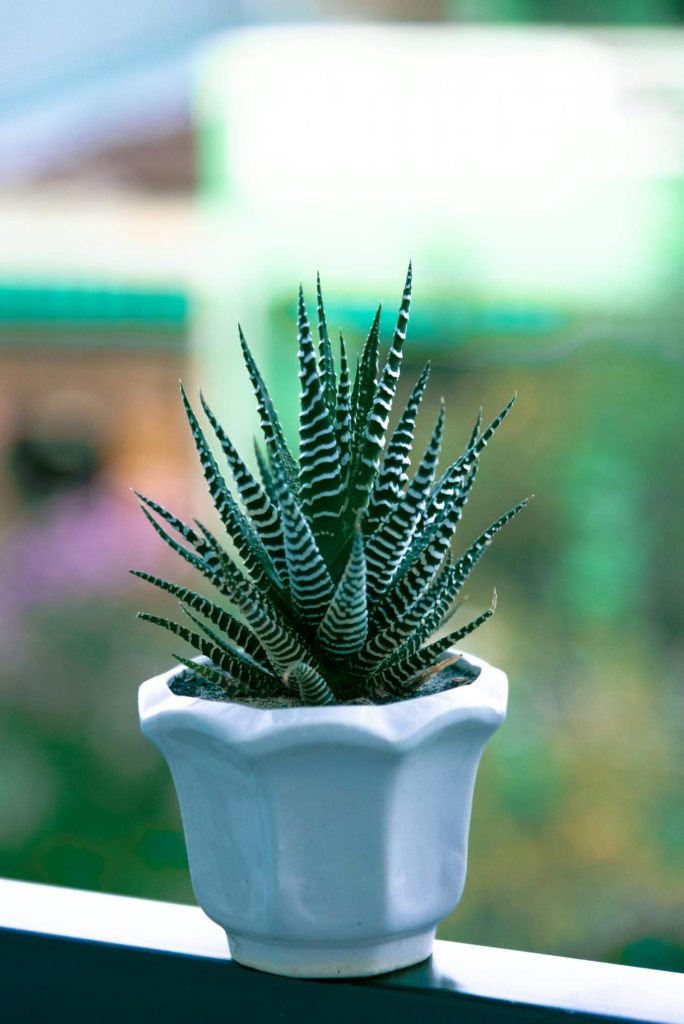
You can place Haworthias in shallow containers since they don’t need deep roots. They adapt well to indirect light and require only occasional watering. Some related types, like the zebra plant (Haworthiopsis fasciata), share the same slow growth and compact form, making them equally suitable for small spaces.
lithops (Living Stones)
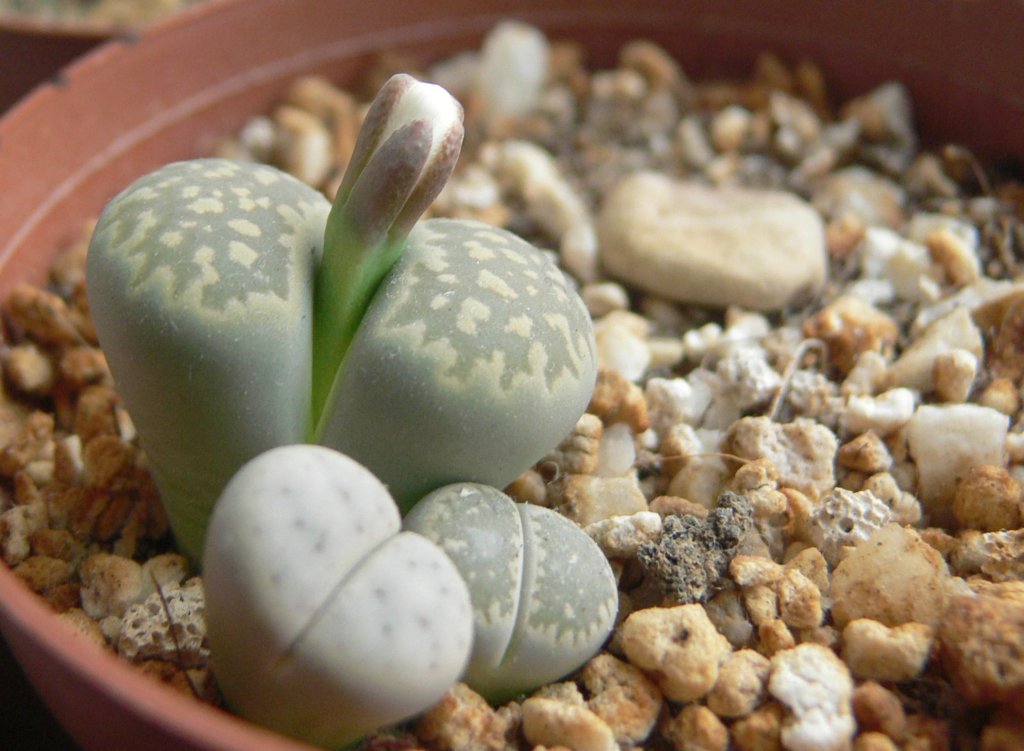
Lithops, also called living stones or pebble plants, are among the slowest-growing succulents. They resemble small stones or pebbles, which helps them blend into their natural desert environment.
These plants usually produce only one or two pairs of leaves each year. The old leaves dry up as new ones form, keeping the plant compact. Growth is so gradual that you may not notice changes for months.
Lithops need bright light and very little water. Overwatering can quickly damage them, so you should let the soil dry completely before watering again. Their unusual look makes them a good choice if you want a succulent that stays tiny but adds visual interest.
Echeveria and Hens and Chicks
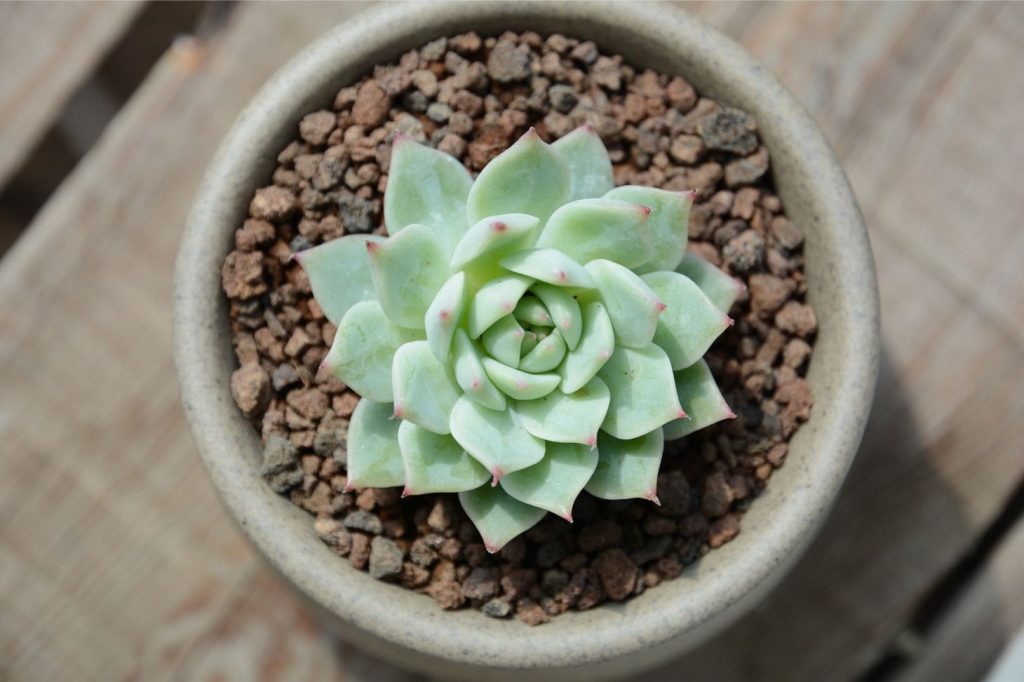
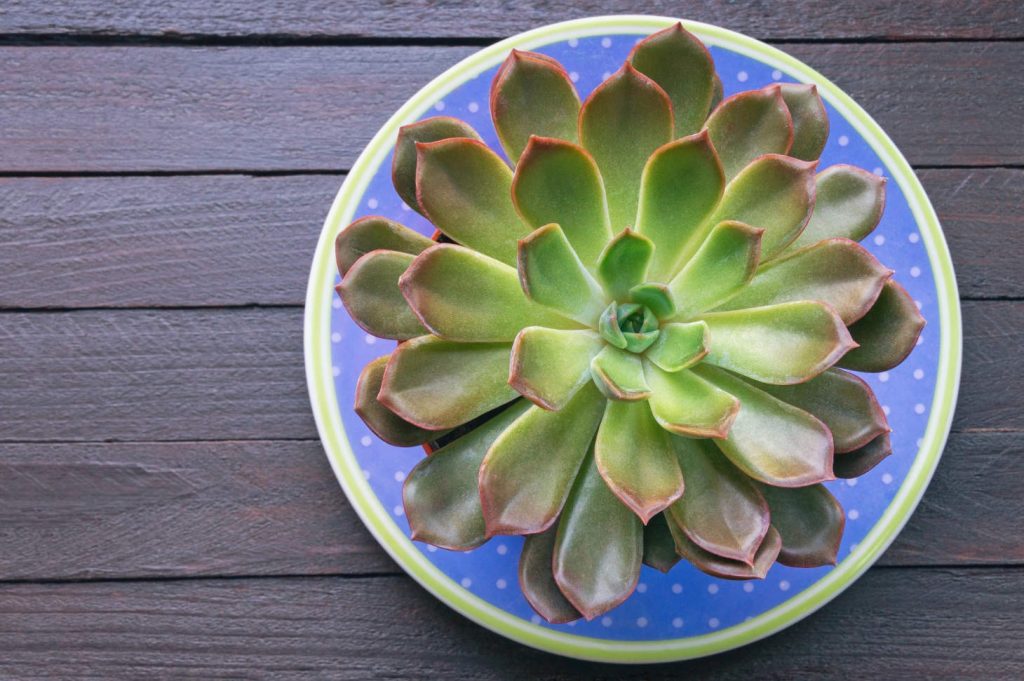
Echeverias are rosette-forming succulents with smooth, fleshy leaves that come in many colors. They grow slowly and remain compact for long periods. Some varieties take years to reach a medium size.
Hens and chicks (Sempervivum) are often grouped with Echeverias because of their similar rosette growth. The main rosette, called the “hen,” produces offsets or “chicks” around it. These offsets spread gradually, forming small clusters over time.
You can grow them in shallow pots, rock gardens, or even cracks in stone walls. They tolerate dry conditions well and need little attention. Unlike faster trailing succulents such as burro’s tail (Sedum morganianum) or string of pearls (Senecio rowleyanus), hens and chicks remain neat and controlled in growth.
Crassula Ovata and Jade Plant
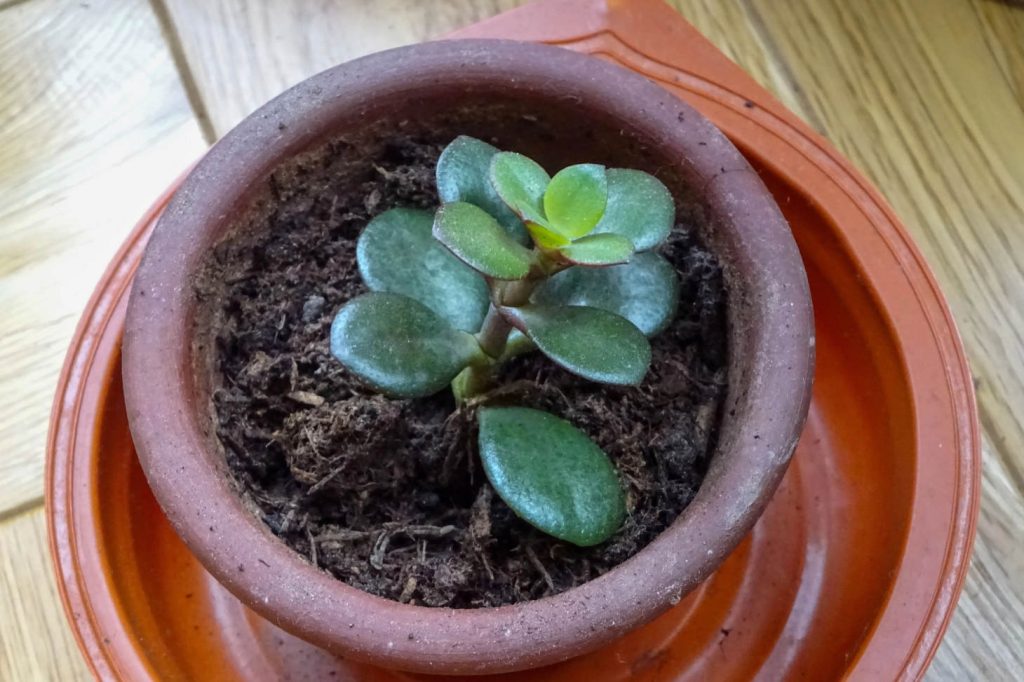
The jade plant (Crassula ovata) is a classic succulent that develops slowly into a small shrub-like form. Its thick, oval leaves store water, and its woody stems give it a tree-like appearance as it matures.
Jade plants can live for decades, but they take years to grow more than a foot tall. Their slow pace means you won’t need to repot them often. In the right conditions, mature plants may produce clusters of small white or pink flowers.
You should place jade plants in bright light, such as a sunny windowsill. They prefer well-draining soil and infrequent watering. Compared to larger succulents like agave or ponytail palm, jade plants remain more manageable indoors and are easier to shape through pruning.

